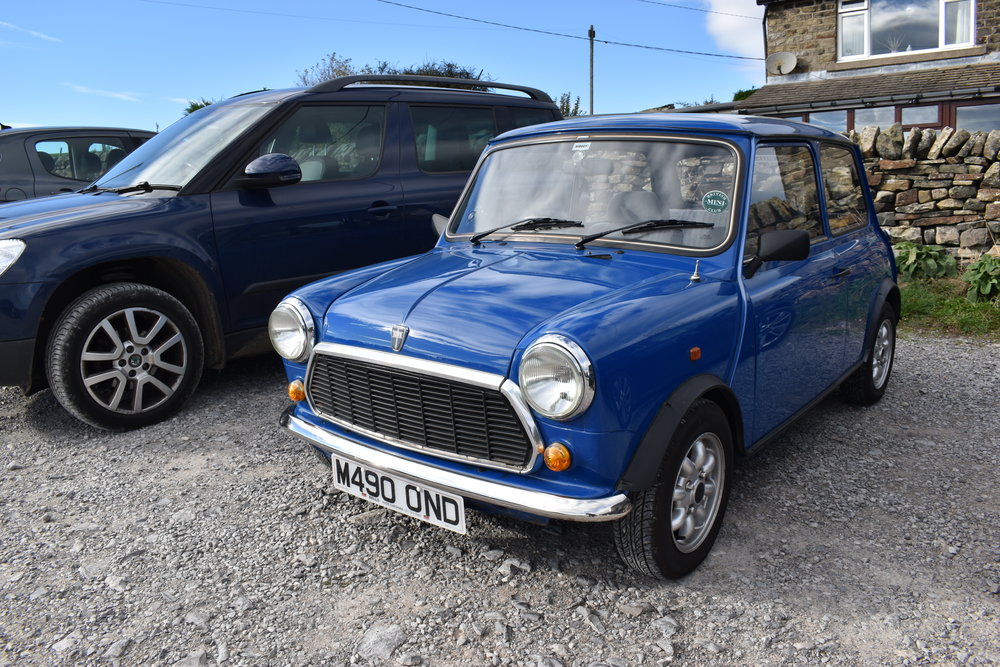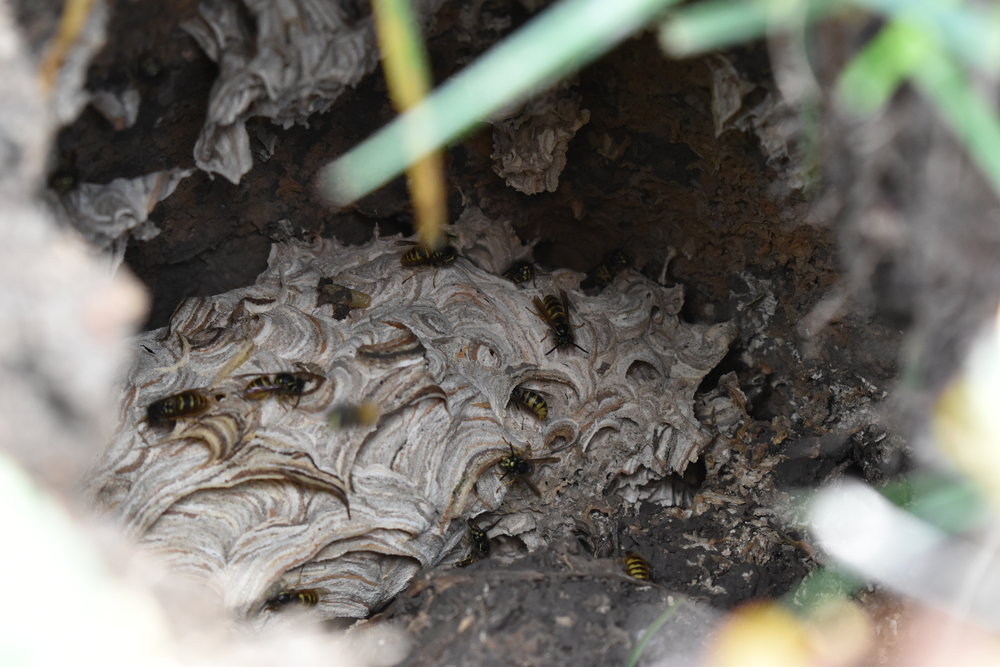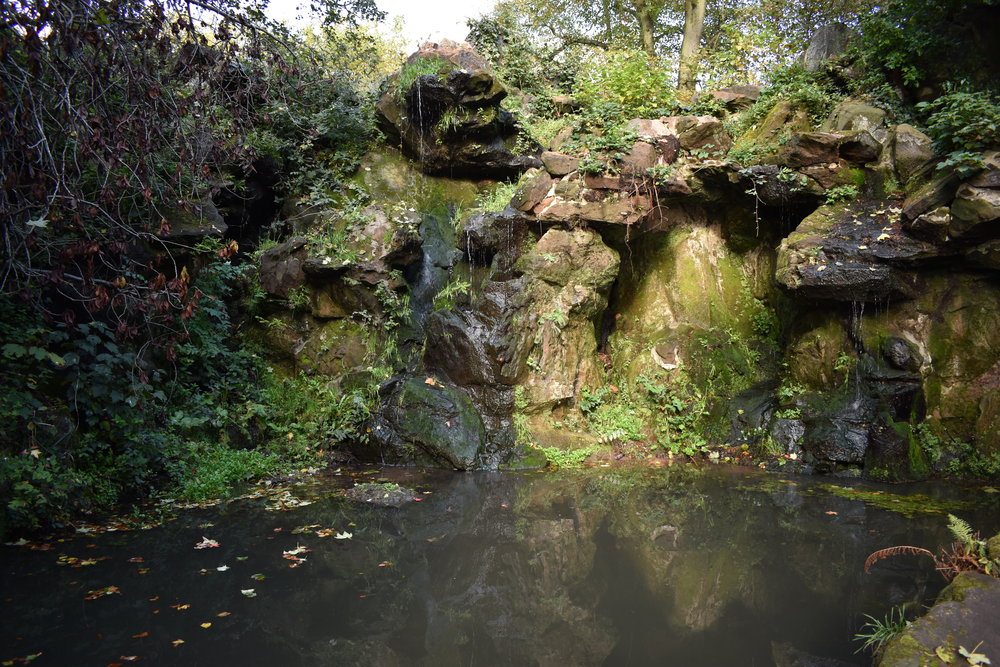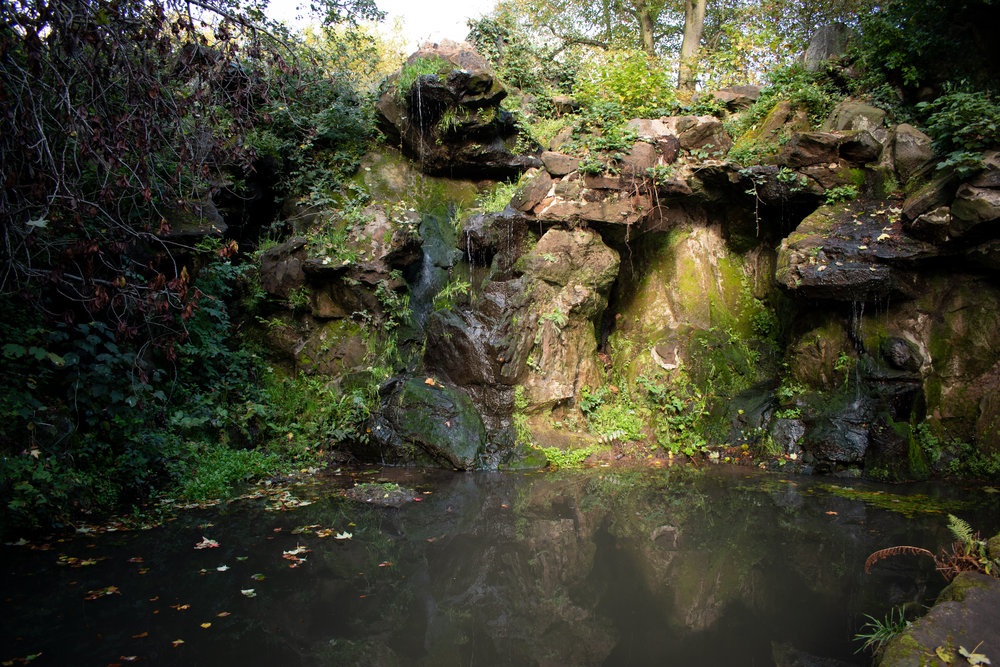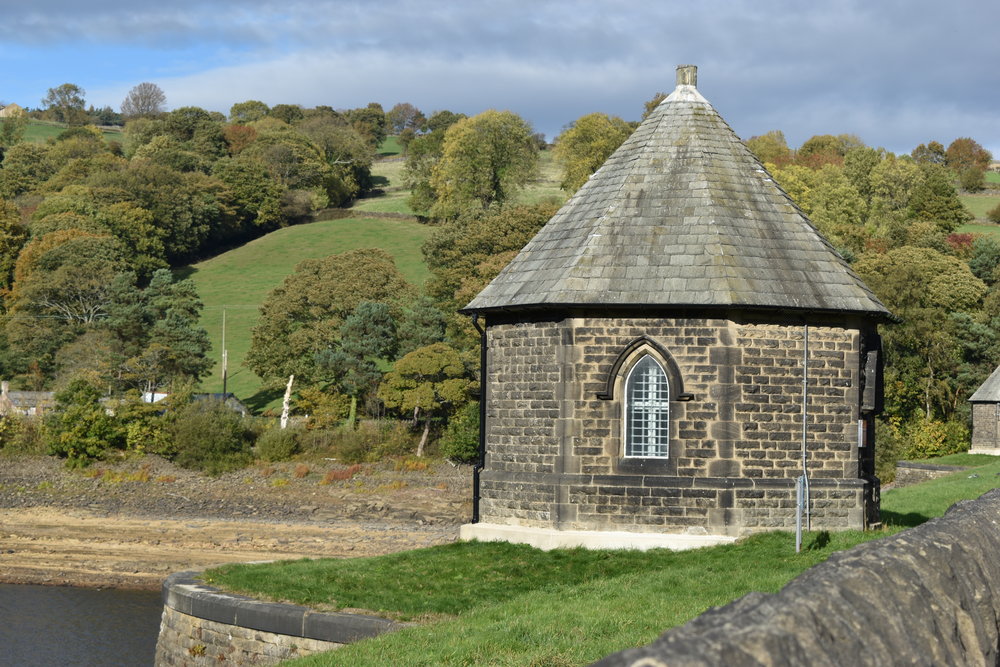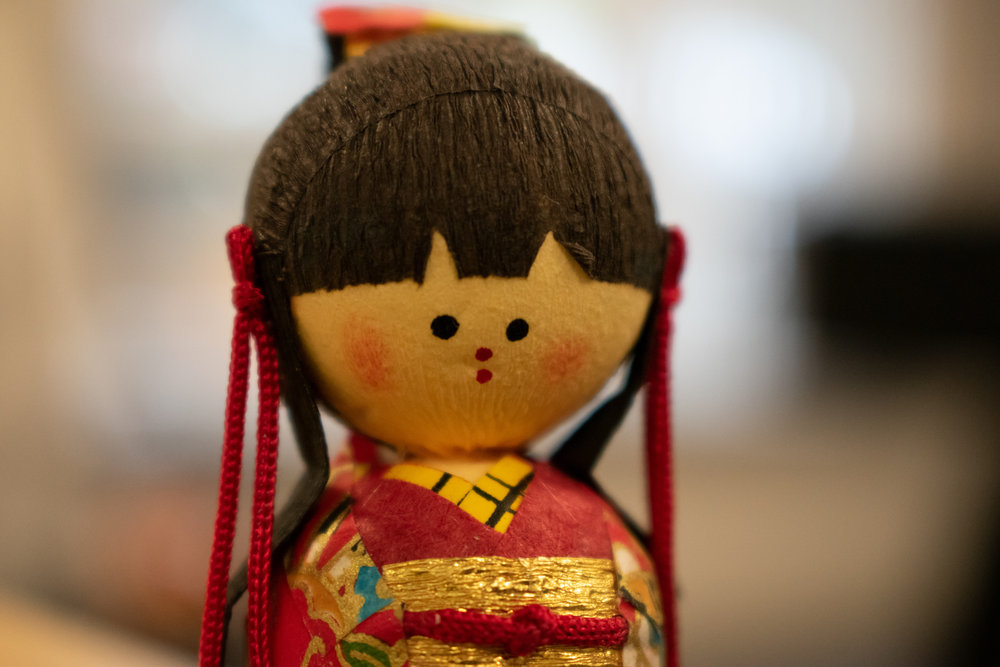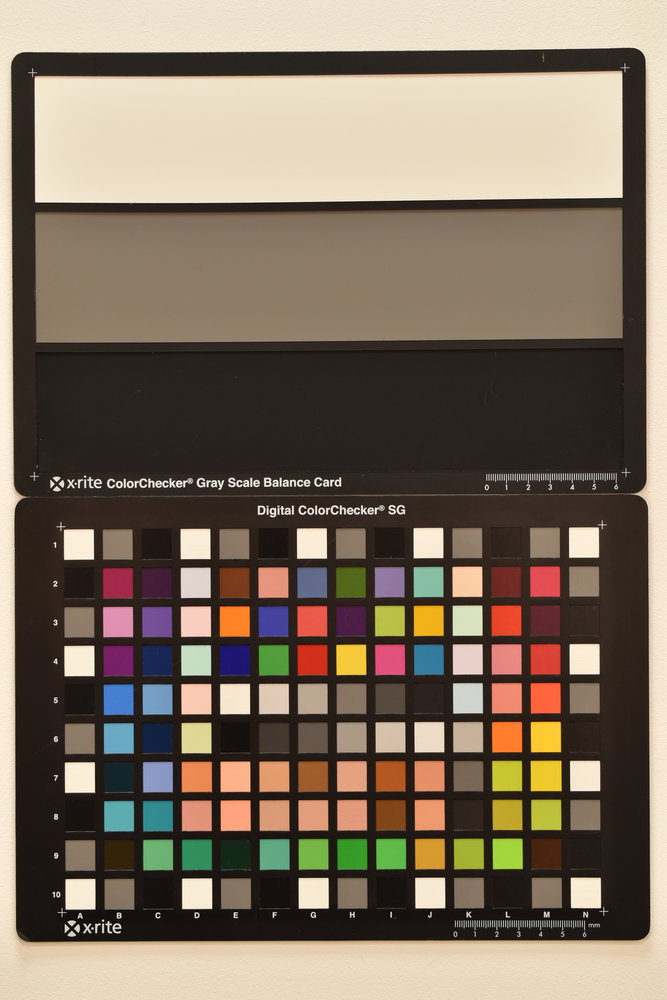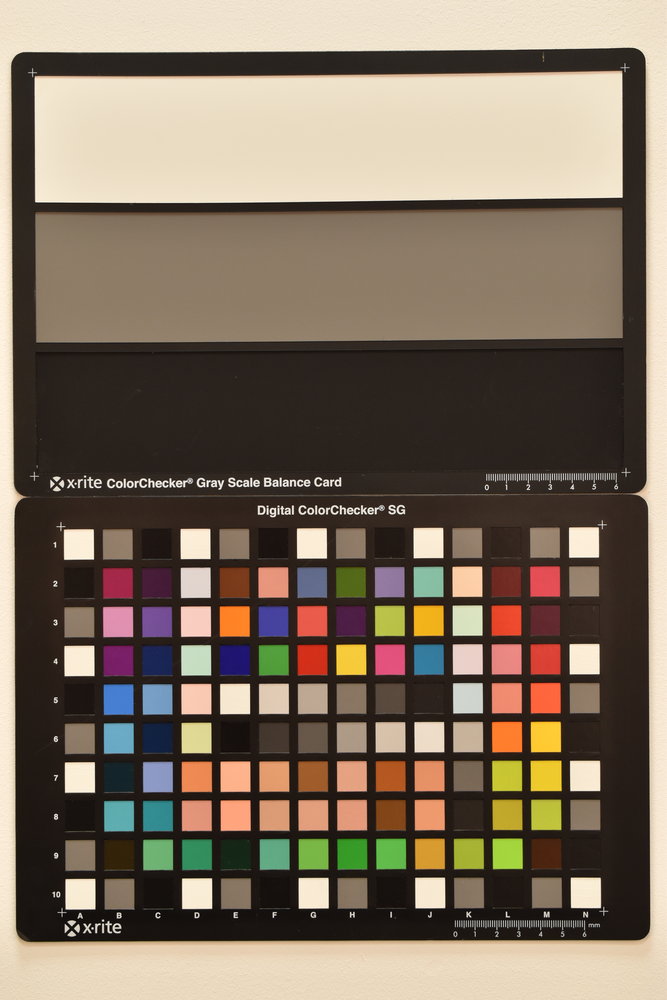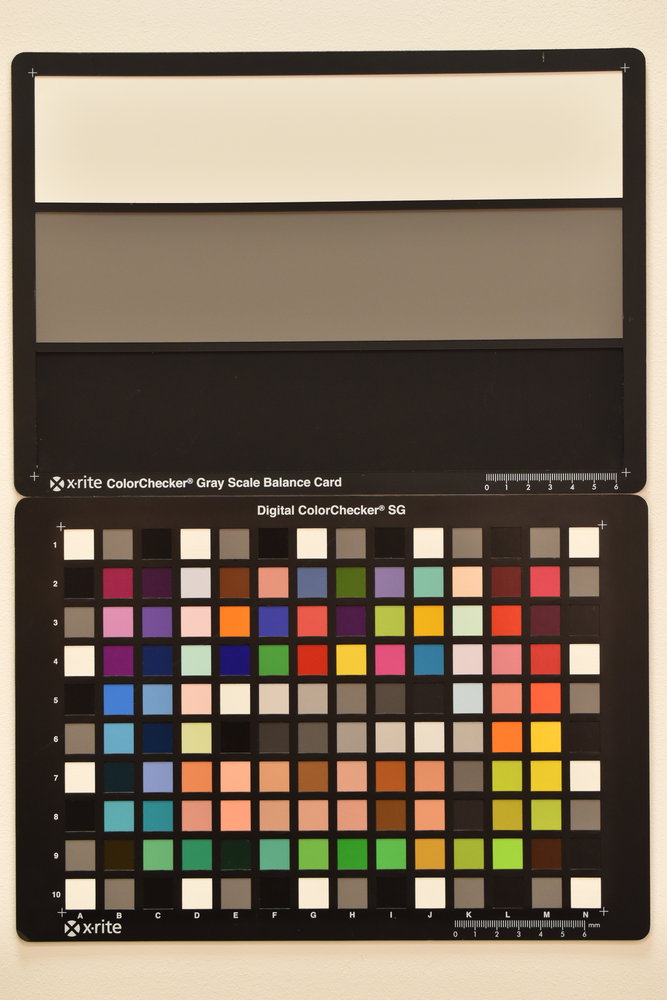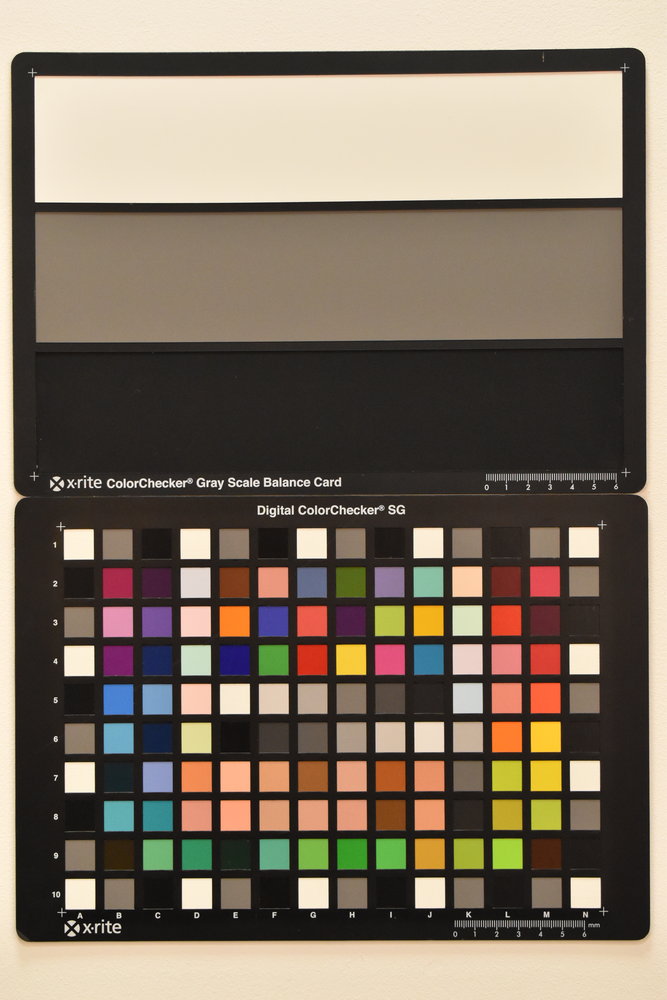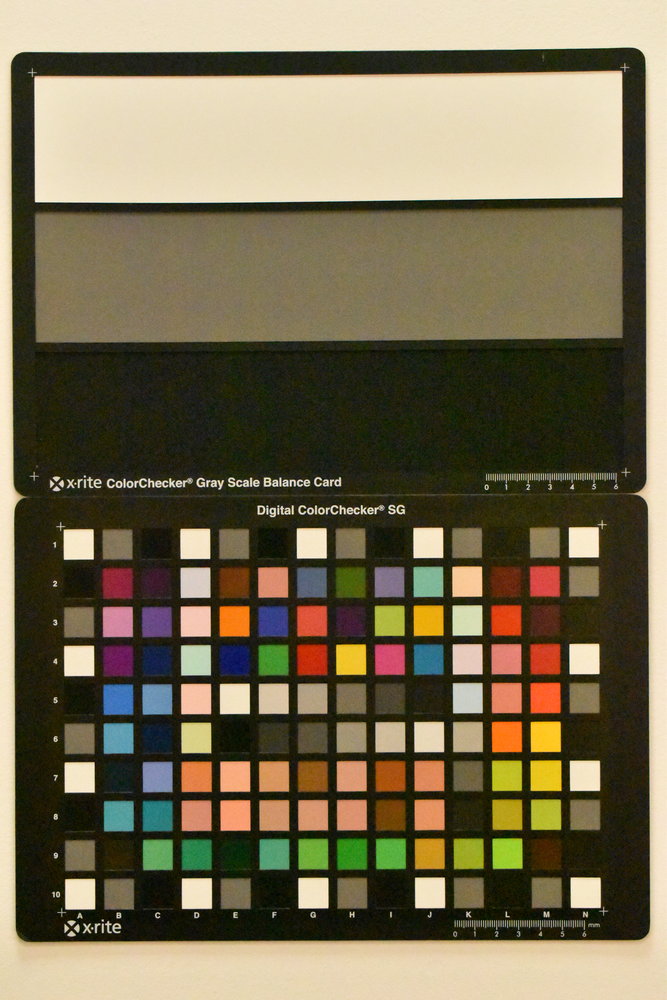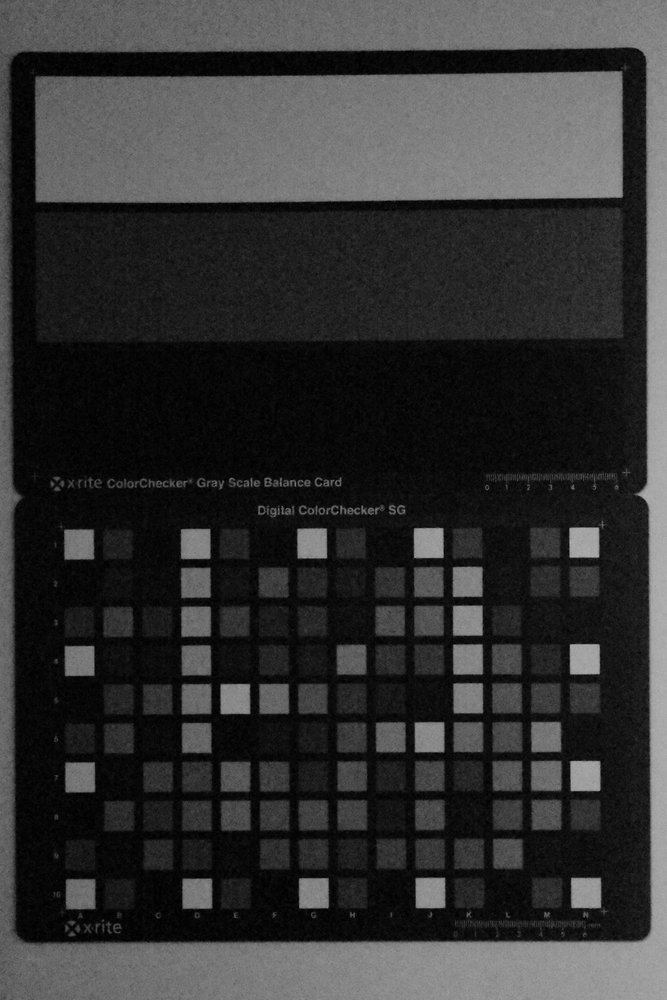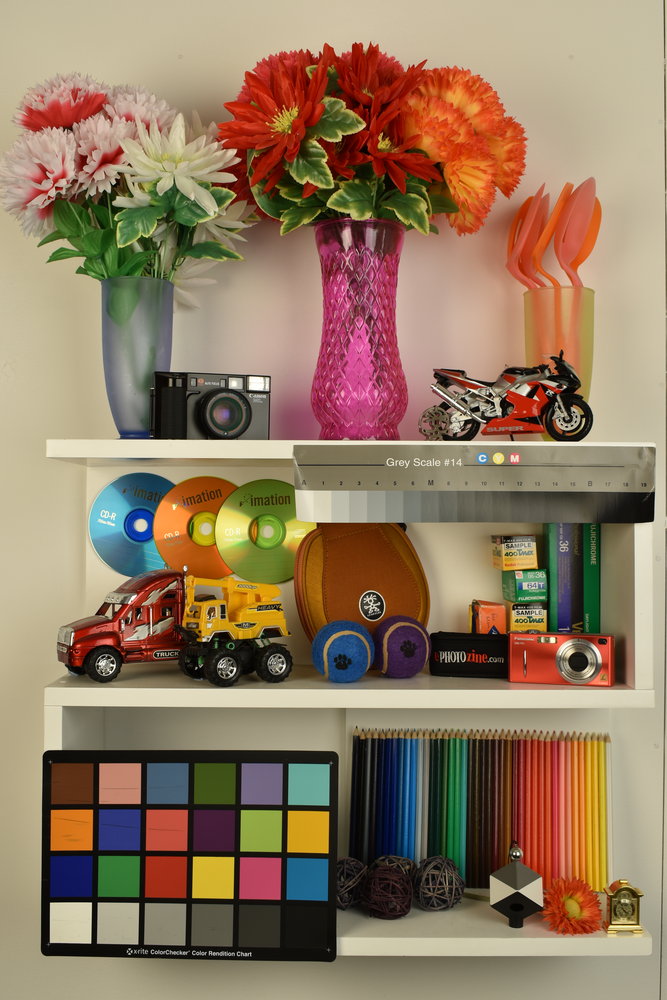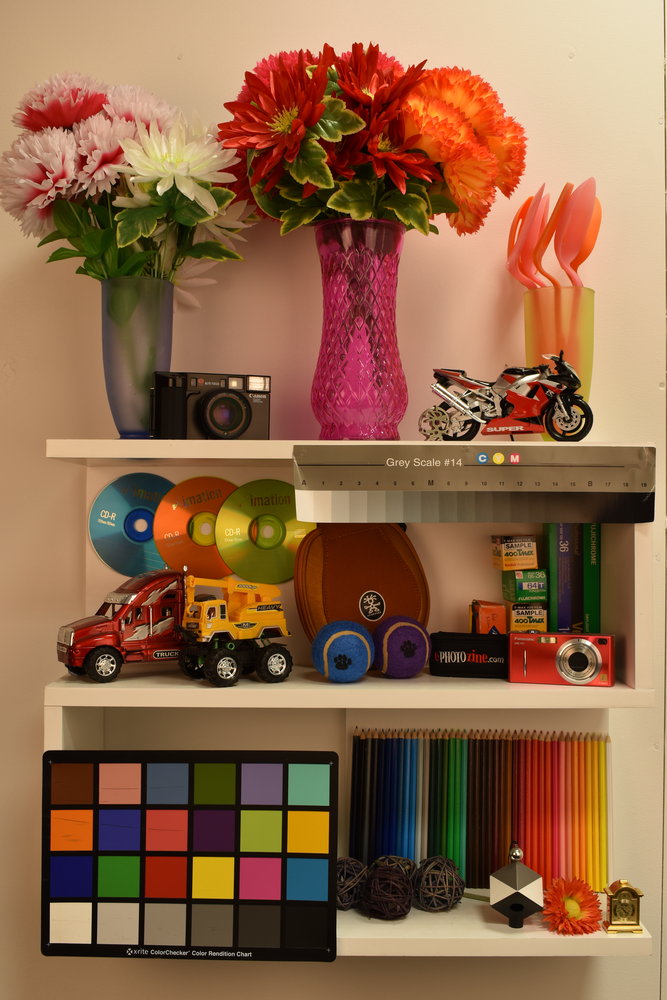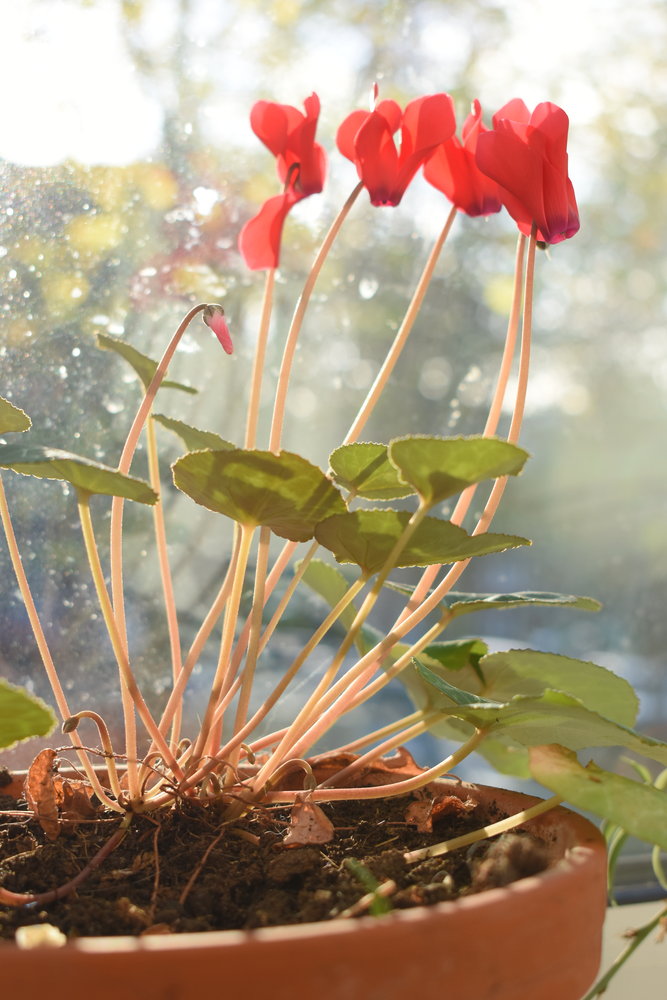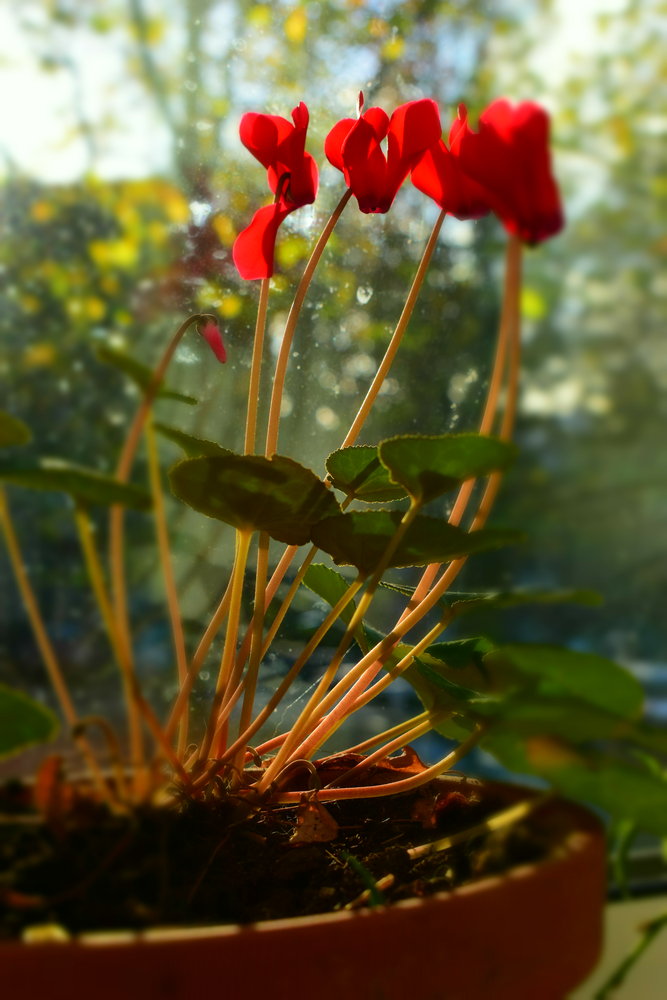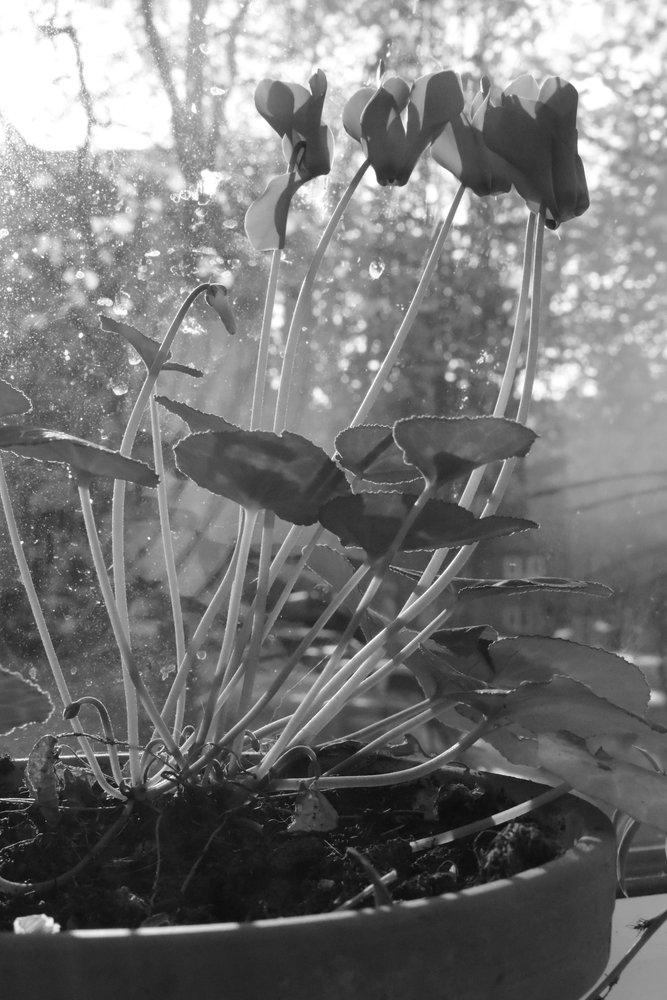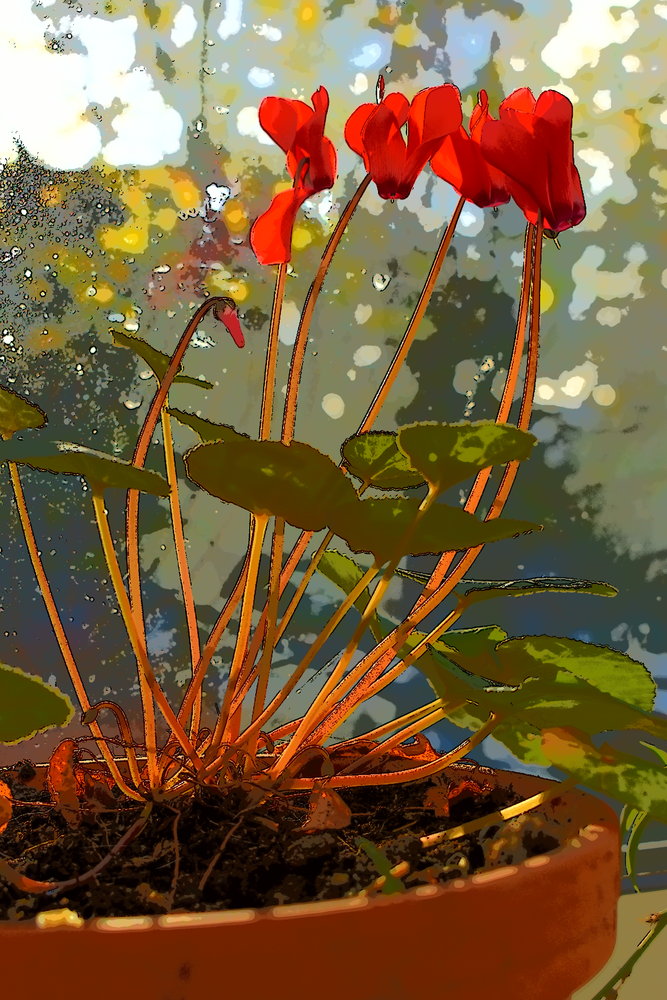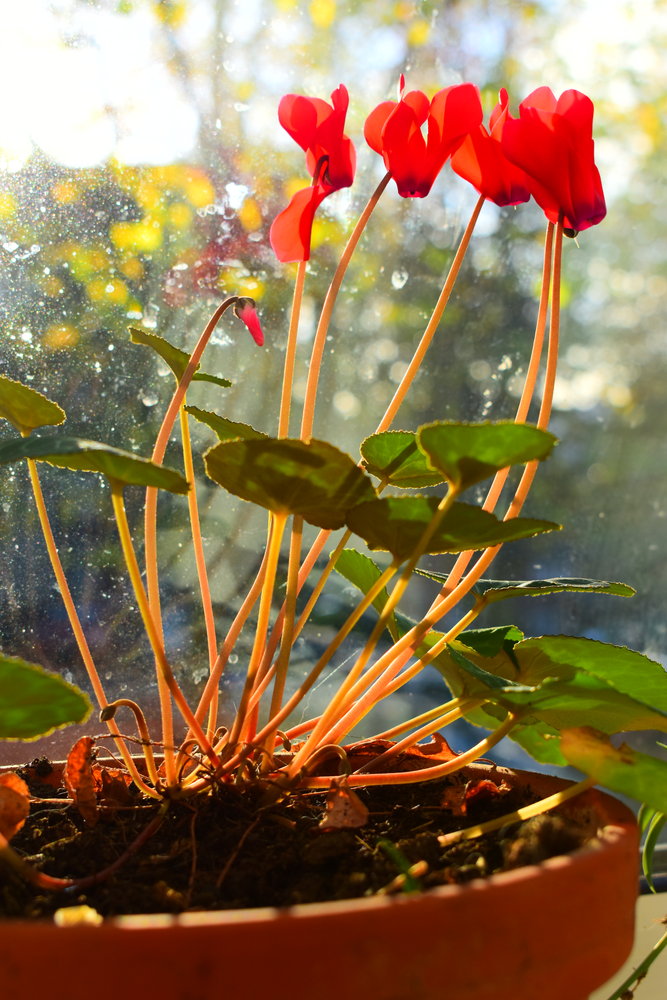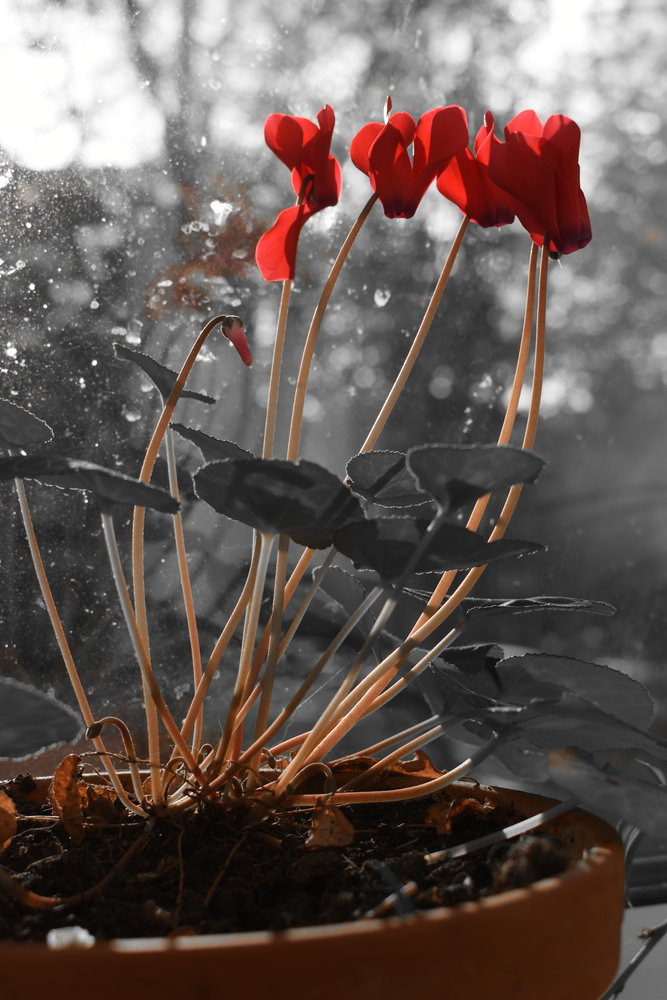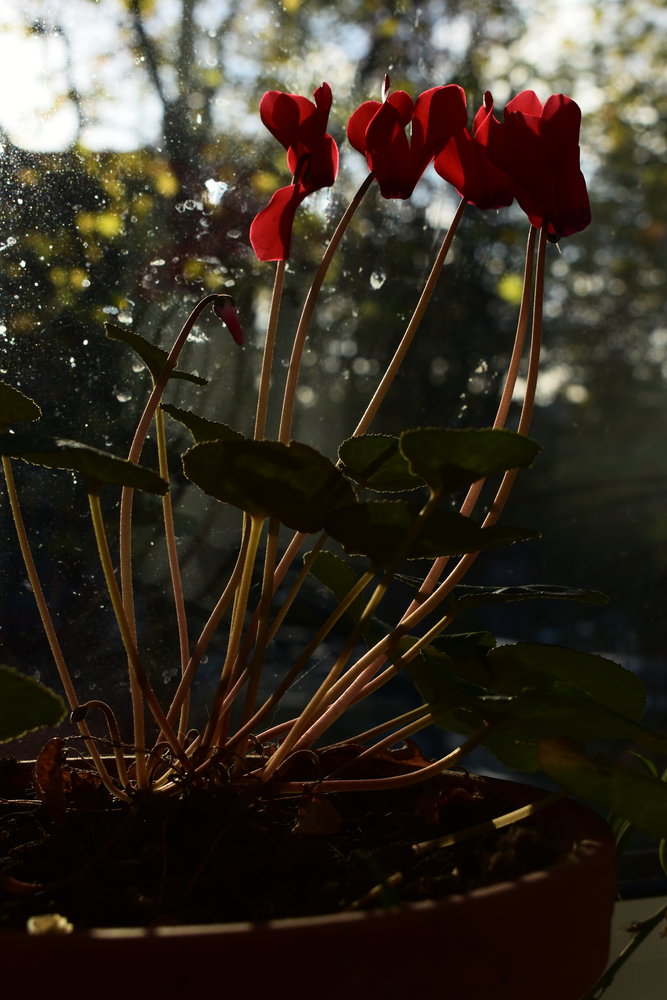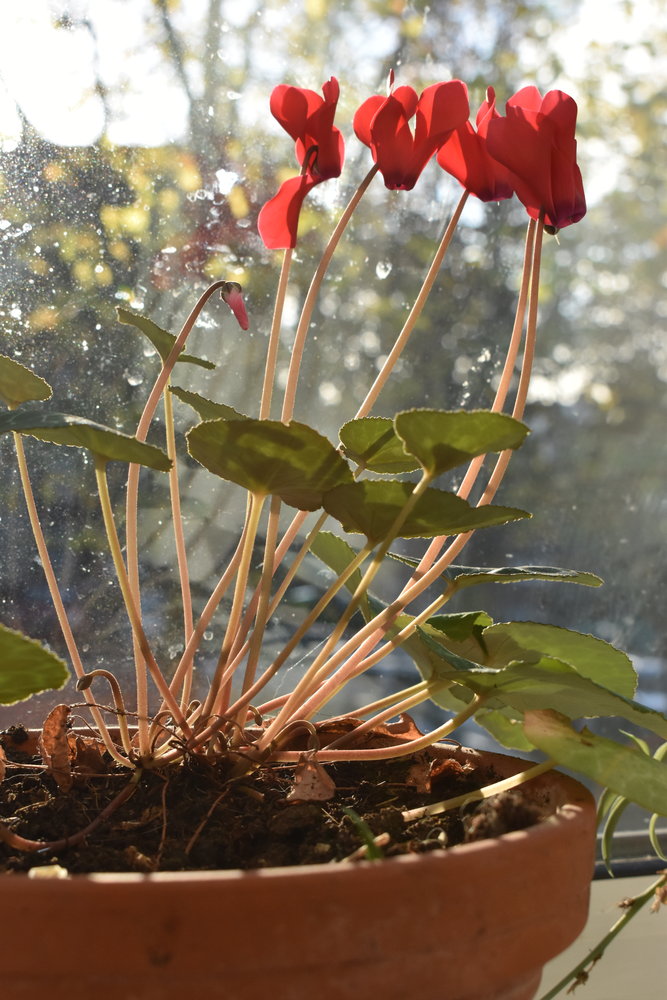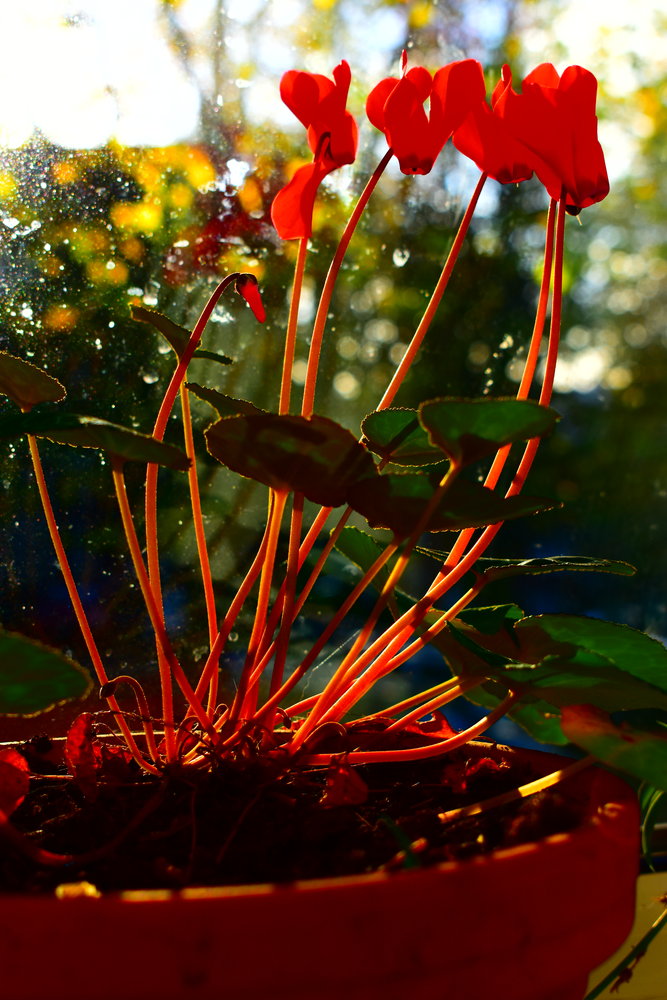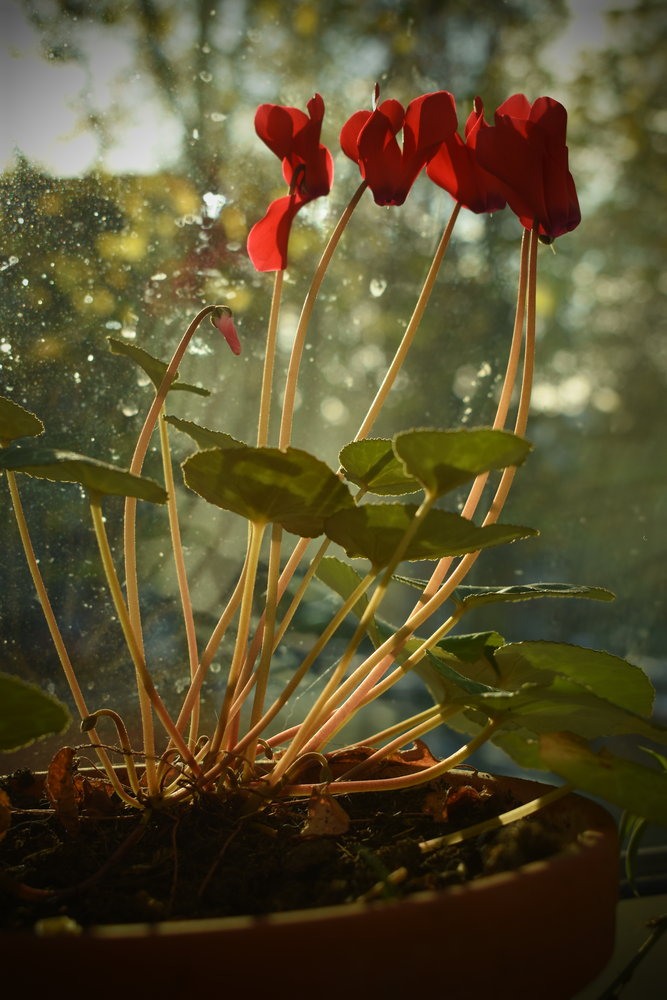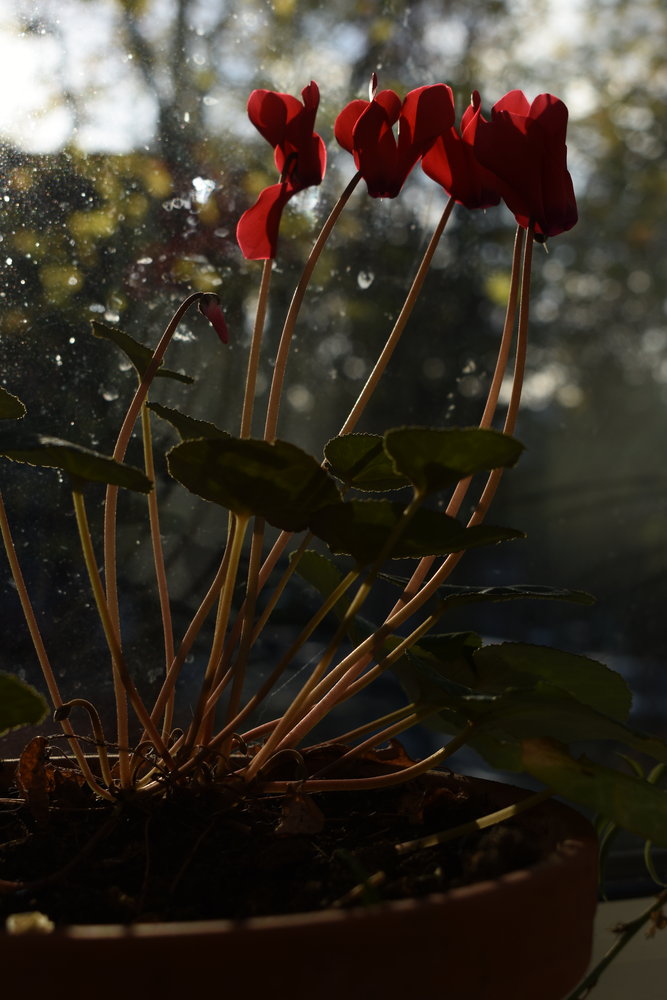
Quick Verdict
The Nikon D3500 is a very compact Digital SLR, and offers DSLR quality images, thanks to a large APS-C CMOS sensor. The 18-55mm kit lens performs reasonably well for a kit-lens. It would make a great option for those looking for their first DSLR, however, there are some surprising omissions, and for someone looking for more advanced options, you'll need to look elsewhere. The most impressive feature of the Nikon D3500 is the incredible battery life, with the camera offering up to 1550 shots!
+ Pros
- Incredible battery life of 1550 shots
- 24mp APS-C CMOS sensor
- Good noise performance
- Great image quality possible
- Compact DSLR body
- Bluetooth for instant image transfer
- 5fps continuous shooting
- Cons
- Small optical viewfinder
- Control system could be better
- No HDR mode (auto or otherwise)
- No exposure bracketing
- Slow live view mode
- Remote shooting doesn't include live-view
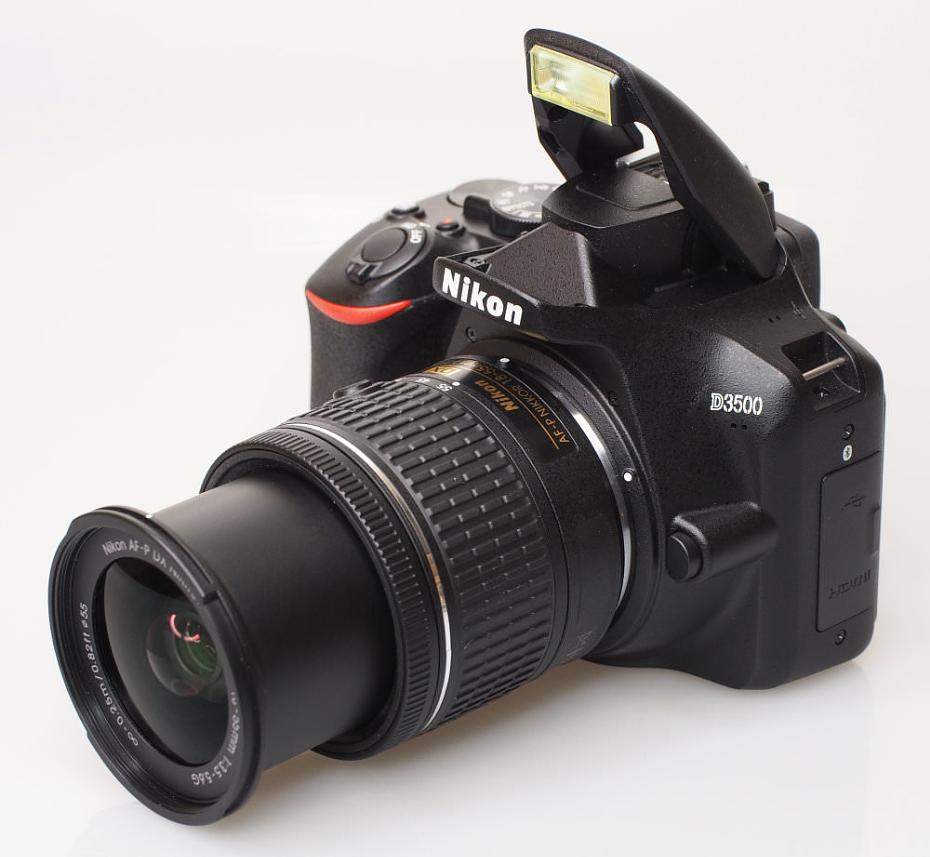
The biennial Nikon D3500 is the latest entry level DSLR from Nikon, released like clockwork 2 years after the D3400 (2016), which followed the D3300 (2014), which followed the D3200 (2012), which followed the D3100 (2010), which was the first camera I reviewed for ePHOTOzine. We've come a long way in the last 8 years, with the Nikon D3500 being the smallest D3x00 series camera, featuring a 24mp sensor, 5fps continuous shooting, and 11 focus points, let's find out how it performs.
Nikon D3500 Features
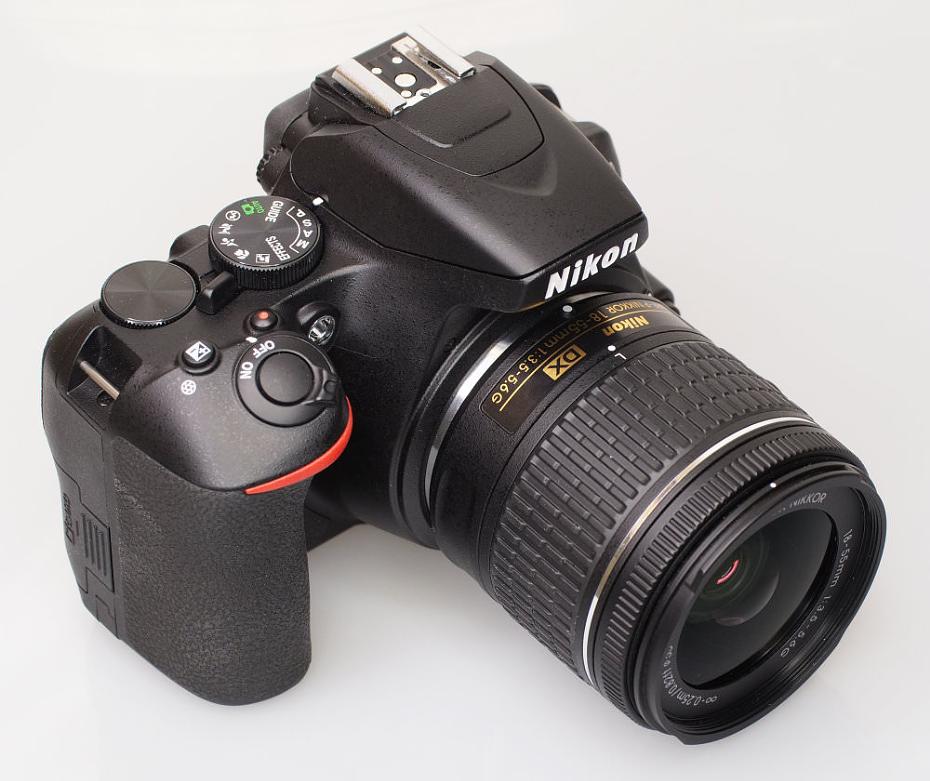
The Nikon D3500 offers the following updates compared to the D3400:
- 1550 shot battery life
- Compact camera body
- Lightweight 415g (compared to 445g)
- Reduced number of buttons (no function button)
The Nikon D3500 features a 24mp APS-C CMOS sensor, with no optical low-pass filter, which means that images should be sharp and detailed.
Using the Nikon F mount, the camera is compatible with a wide range of AF-S, and AF-P lenses, along with other Nikon lenses. However, if you use older Nikon AF Nikkor lenses (such as a D series lens), then you'll need to use manual focus, as there is no motor built-in to the camera body.
The kit lens provided is a collapsible 18-55mm f/3.5-5.6 VR lens, with built-in Vibration Reduction (VR) optical image stabilisation. The lens compacts down to a fairly compact size, making the camera more portable.
The D3500 has P, A, S, M shooting modes, giving you full manual controls if you need them. There are numerous scene modes, an Auto mode, and Effects are available. There's a Built-in Guide which is designed to help beginners get the best out of the camera. You can also apply effects to photos in playback after you've taken the photo.
You can shoot at 5fps in continuous shooting mode, and an ISO range of ISO100 to ISO25600 is available. There's a Night Vision mode which will boost the ISO speed all the way up to ISO51200 / ISO102400, although this will switch the camera in to black and white mode.
Bluetooth is built-in for use with Nikon's SnapBridge app, which is available for iOS and Android devices. This means you can quickly share images to a compatible smartphone or tablet, and the use of Bluetooth uses less power than if the camera were to use Wi-Fi.
The camera records FullHD video, at 60fps, with a mono microphone built-in. There is no microphone socket.
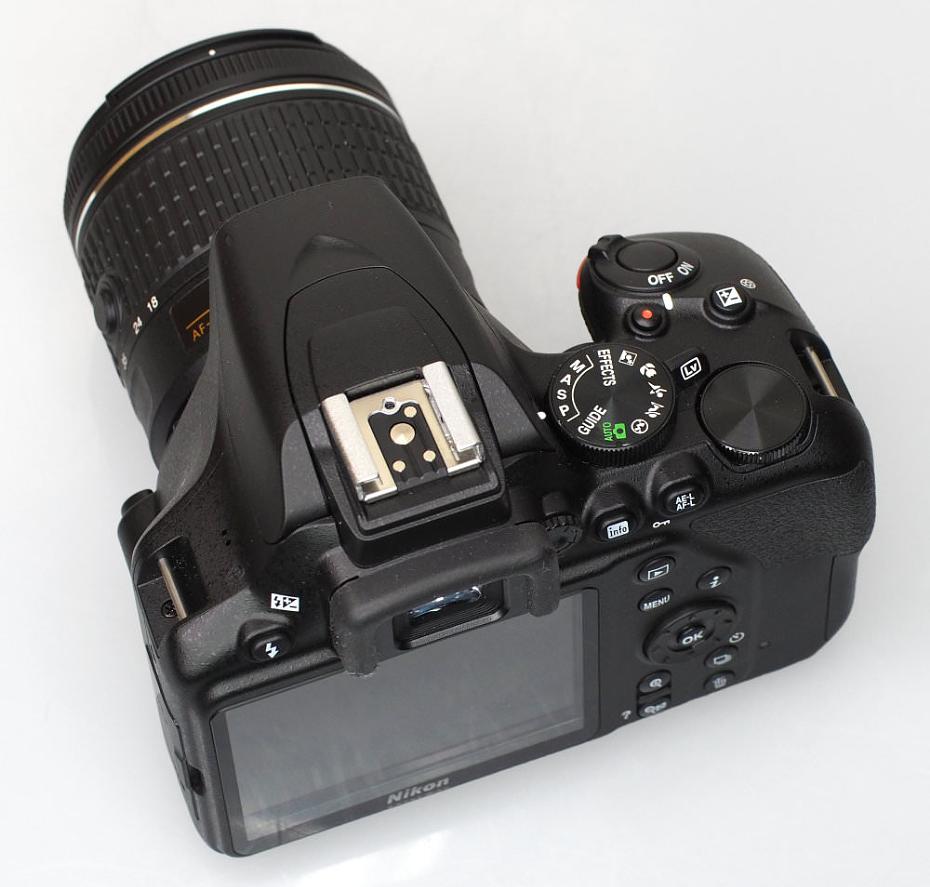
Key Features
- 24mp APS-C CMOS sensor
- Nikon F mount
- 3inch screen, 921K dots
- Optical viewfinder, 0.85x magnification
- 11 focus points (phase-detection)
- 5fps continuous shooting speed
- FullHD, 60fps, mono sound
- ISO100 to ISO25600
- Flash GN7 (GN8 in manual)
- Guide mode built-in
Nikon D3500 Handling
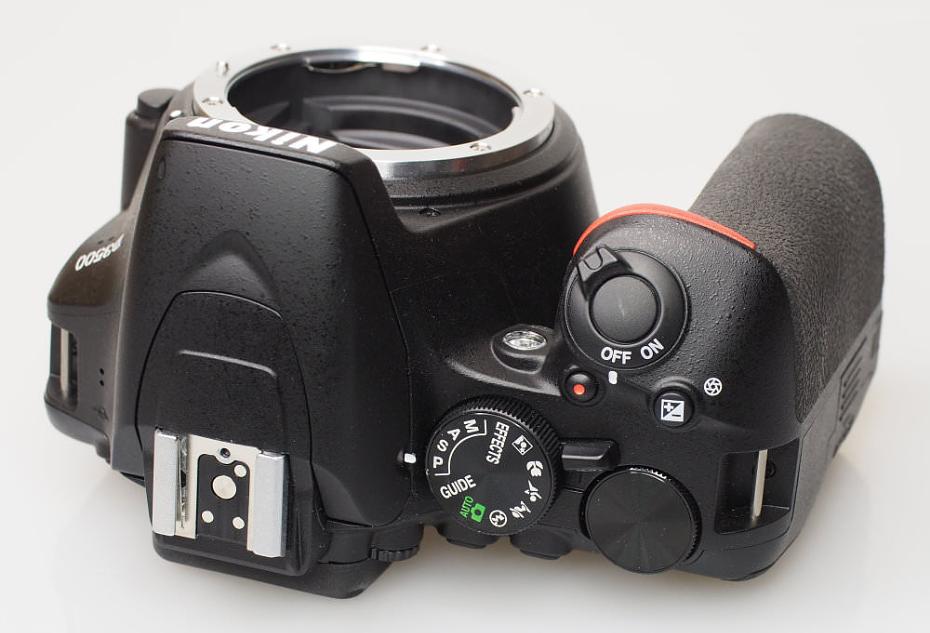
The build quality and design of the camera has changed quite noticeably since the D3400, with a new, more compact camera body, based on the Nikon D5600. It's significantly different to the old D3100, with a battery compartment which holds the battery in place with a second clip as an example. The new camera body is smaller than many mid-size mirrorless cameras, and feels solidly built. It's also quite lightweight at only 415g (with battery and memory card). The side memory card cover feels tough, and makes it easier to get access to your memory card.
Despite the small size, the handgrip is large (much larger than many small mirrorless cameras), and features a good rubberised grip. On the back there is a rubberised area for your thumb. Above this is the command dial, making it easy to change the aperture or shutter speeds when in these modes. Or you can use it to adjust the exposure compensation when you press the +/- EV button on top. +/- 5 EV exposure compensation is available. In live-view the controls don't work in the same way, and in manual mode, using the exposure compensation dial in combination with the command wheel doesn't change the aperture, so you'll need to switch between live view and normal mode.
The top live-view switch is the same as the D5600, in fact, the top design is the same as the D5600, and the size of the D3500 is almost identical to the D5600. So you could think of this as a budget D5600.
The controls could be better, for example to change the ISO speed you need to press the i button, then you use the 4-way control pad to move to the ISO setting, press the OK button, and then use the 4-way controller to select the ISO speed you want. This would be much quicker if you could use the command when on the back of the camera. Or if there was a customisable function button on the camera, (but there isn't), or if you could use the 4-way controller as a shortcut to get to the ISO setting (but you can't).

There are 11 AF points, with one cross-type sensor. These are located close to the middle of the frame. If you want to focus on something outside of this area and don't want to "Focus, then recompose" then you can switch to live-view and this will let you set the focus position to anywhere in the frame, even in to the far corners. In live view there are additional focus modes available, with face-priority available. The AF illuminator will assist in low-light, and is very bright. Autofocus is sensitive down to -1EV.
There's an optical viewfinder, with a soft rubber surround and dioptre correction. With an optical viewfinder you can start composing your shots even with the camera switched off, however it is quite small.
The screen looks good and is a reasonable size at 3 inches. The resolution is reasonable at 921K dots, however, as it's not a gapless screen reflections can be an issue at times. The viewing angles are good, although obviously it's not as versatile as a tilting or vari-angle screen.

Menus – The menus are split in to colour coded sections, which includes Playback, Shooting, Setup, Retouch and the Recent Settings menu. The Recent settings menu is where the camera will put your most recently changed settings, so that you can get back to them more quickly. There's built-in help, and where you see the (?) symbol illuminated you can press the ? button on the back to read further information.
Bluetooth features - Connecting the camera to a smartphone using Nikon's Snapbridge is very easy: install the app, select what type of camera you have, and follow the instructions, and you'll be paired in no time. You can use the app to remotely shoot with the camera using the smartphone as a trigger. Live view is not supported - for this you need to look at the Nikon D5600. You can download pictures, and sync the time with your smartphone. You can choose whether to download 2mp images, or the full-size original. Using the app you can automatically upload them to Nikon Image Space, although images are limited to 2mp.

Battery life - Battery life is rated at an impressive 1550 shots according to Nikon / CIPA test results, which is excellent for an entry-level Digital SLR. You shouldn't need a spare battery, which is something we hardly ever write.
Nikon D3500 Performance
The performance section is where we look at the image quality performance of the camera. Additional sample photos and product shots are available in the Equipment Database, where you can add your own review, photos and product ratings.
Speed - We took a number of shots to test the camera's responsiveness, from switch on to first photo, shot to shot, focusing speed etc. We take a number of shots and then use the average to ensure accurate and consistent tests, making it easy to compare with other cameras.
| Shutter Response | <0.05secs (0.4s live view) |
| Wide - Focus / Shutter Response | 0.2secs (0.6s live view) |
| Full zoom - Focus / Shutter Response | 0.25secs (0.7s live view) |
| Continuous Shooting - JPEG (shots before slow down) |
5fps (15 shots) |
Focus and shutter response is very quick, when using the optical viewfinder. Live view focus and shutter response is slow, but thankfully not as slow as the entry level Canon EOS 2000D and EOS 4000D.
Nikon D3500 Sample Photos
Sample Photos - You can use the D-Lighting setting to improve the dynamic range captured by the camera. There is no automatic (or non-automatic) HDR / High Dynamic Range shooting mode available. So if you need to get more out of an image, beyond what you can get from a JPEG image, then you'll need to shoot raw or you could manually adjust the exposure as you shoot. Exposure is reliable and colour is good, particularly in sunny conditions.
Nikon D3500 Lens test images
Lens Performance - Macro performance is good, with the lens able to focus on subjects quite close to the camera. You don't need any special "Bokeh" modes here, as the camera is capable of doing this even with the kit lens. The kit lens performs fairly well, giving sharp images, although image quality does start to drop off towards the corners and sides of photos. Vignette control is built in to the camera (on by default), as well as distortion control (off by default), so you shouldn't have any problems with this, with this lens. The lens is also resistant to flare. Focus was generally reliable, however, care needs to be taken with portrait shots to ensure the focus point is correct. Photos come out of the camera looking good, although you can get much more pleasing results by using the raw images, and applying a few tweaks. You can edit raw images in-camera making this quick and easy to do, without having to use your computer.
Nikon D3500 ISO test images
ISO Noise Performance - Noise is well controlled from ISO100 up to ISO1600, with good results. Noise is quite "speckled" at ISO3200, but not too bad. At ISO6400 these red green and blue spots become more noticeable. Noise has a more negative effect on detail at ISO12800 but results may still be usable. ISO25600 is best avoided. An additional ISO range beyond ISO25600 is available in the Night Vision scene mode, which is black and white only. There are noise reduction options of on or off. The noise reduction can't be adjusted beyond this.
Noise compared to the competition...
The closest competitors are the Canon EOS 2000D (24mp), Pentax K-S2 (20mp), and mirrorless cameras such as the Sony Alpha A6000 (24mp), and Fujifilm X-T100 (24mp).
The Canon EOS 2000D with slightly smaller APS-C sensor gives slightly worse noise performance at the higher ISO speeds (around ISO6400/12800) compared to the Nikon D3500. The D3500 gives better results than the K-S2. The D3500 gives more detailed results than the Sony Alpha A6000, which has quite aggressive (strong) noise reduction at ISO6400/ISO12800. The Fujifilm X-T100 gives the best noise results of all of these cameras.
Nikon D3500 White-balance test images
White Balance Performance - Auto White Balance (AWB) performs well under tungsten lighting, with a warm result. The tungsten preset gives much more accurate results. The camera performs well under mixed lighting with a warm result, which many will find pleasing. AWB gives excellent results under fluorescent lighting, with little or no need for the fluorescent presets, as these tend to give a strong colour cast. Like the D3400 before it, the camera does not feature the same "Warm" and "White" options for auto white balance as Nikon's more expensive cameras.
Nikon D3500 Digital filters
Digital Filters - There are numerous colour options (including flat), and these can be customised with a number of different settings, including settings for sharpening, clarity, contrast, brightness, saturation, and hue. The effects setting on the mode dial gives you the following shooting modes: Night vision, Super vivid, Pop, Photo illustration, Toy camera, Miniature, Selective colour, Silhouette, High key, and Low key. There is no built-in automatic panoramic shooting mode.
Video - You can record FullHD video at a frame rate up to 60fps, with options for 50, 30, 25 and 24fps. You can leave the microphone on auto or set this manually. Image stabilisation from the lens helps keep video more stable, but isn't as effective as some other cameras in-body image stabilisation. Manual settings are available. The full ISO range is available from ISO100 up to ISO25600.
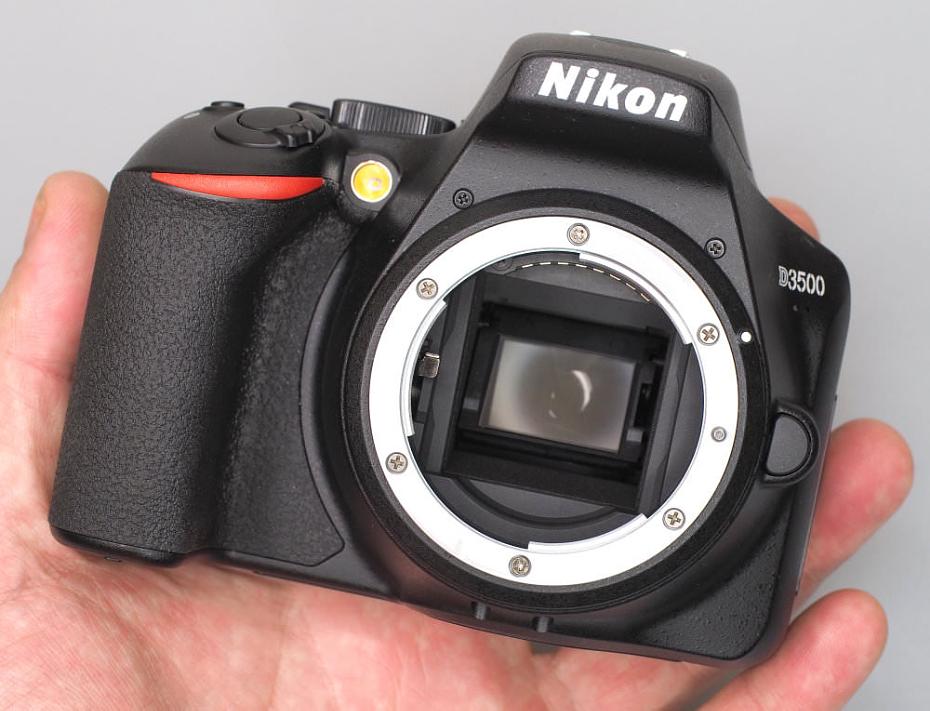
Value For Money
The Nikon D3500 is available for £471 (with 18-55mm VR kit lens) which makes it reasonable value for money. Alternative DSLRs include the following:
Canon EOS 4000D, 18mp, 3fps, FullHD, £280 (with lens)
Canon EOS 2000D, 24mp, 3fps, FullHD, £422 (with IS lens)
Nikon D3400, 24mp, 5fps, FullHD, £370 (with VR lens)
Pentax K-S2 (if available), 20mp, 5.7fps, FullHD, £525 (with lens)
You can also have a look at mirrorless cameras
Canon EOS M50, 24mp, 10fps, 4K video, £539 body only
Olympus OM-D E-M10 Mark III, 16mp, 8.6fps, 4K video, £629 body only
Panasonic Lumix G80, 16mp, 9fps, 4K video, £768 body only
Sony Alpha A6000, 24mp, 11fps, FullHD video, £497 with lens
Fujifilm X-T100, 24mp, 6fps, 4K (15fps), £599 with lens
Have a look at more DSLRs in our Top 10 Best APS-C Digital SLRs. You'll also need to buy a memory card and a case or bag to keep your camera safe and protected - have a look at our complete guide to camera bags.
Nikon D3500 Verdict
The Nikon D3500 is a very compact Digital SLR, and offers DSLR quality images, thanks to a large APS-C CMOS sensor. The 18-55mm kit lens performs reasonably well for a kit-lens. For better results, there are a number of affordable prime lenses available, such as the 50mm f/1.8, which would make a great first or second lens for the camera.
It would make a great option for those looking for their first DSLR, however, there are some surprising omissions (which were also missing from the D3400), and anyone coming from a smartphone will be surprised by the lack of Auto HDR mode, or auto panoramic mode. There's also no exposure bracketing option, so if you wanted to take manual HDR images, using Auto Exposure Bracketing, you can't do that either.
For someone looking for more advanced options, you'll need to look elsewhere. The Nikon D3500 is a camera that can take great photos, but if you want more, others cameras are available at a similar price point, with mirrorless cameras offering more, without leaving you feeling quite so limited. If you switch to live-view then you're also likely to be disappointed, with slow focus and shutter response times.
The most impressive feature of the Nikon D3500 is the incredible battery life, with the camera offering up to 1550 shots! If you're sick of having to charge batteries, change batteries, or if you travel a lot, then this camera may be the ideal camera for you.
|
The Nikon D3500 offers great image quality, and impressive battery life. |
Own this product? Let us know what you think of it in the EQDB.
Spotted a mistake? Let us know in the EQDB.
